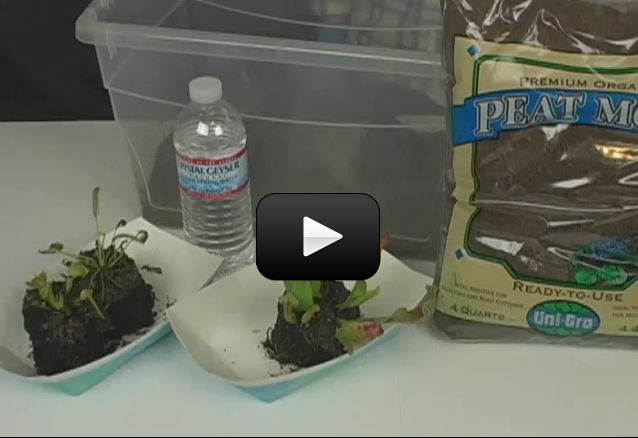Plants need light, water, and soil to grow. If you provide those things, you can make your own greenhouse where you can easily observe plants growing. Here’s a simple experiment on how to use the stuff from your recycling bin to make your own garden greenhouse.
We’ll first look at how to make a standard, ordinary greenhouse. Once your plants start to grow, use the second part of this experiment to track your plant growth. Once you’ve got the hang of how to make a bottle garden, then you can try growing a carnivorous greenhouse.
Please login or register to read the rest of this content.


Yes, beach sand by fresh water should be fine.
would beach sand by a fresh water lake be ok?
It depends on the plant itself. You can review individual plant requirements here and here.
I love carnivorous plan! in the summer are home has a bunch a flies and we need to get some! would it survive in the winter wen it gets vary cold?
We have two types of carnivorous plants. The venus fly trap isn’t red, is that bad in the fall? The octopus plants’ soil is sort of green, and it doesn’t seem as sticky, and won’t wrap as fast as they show on the video where I got them. They will close VERY slowly though. Do you have to put them in a forty degrees environment in October?